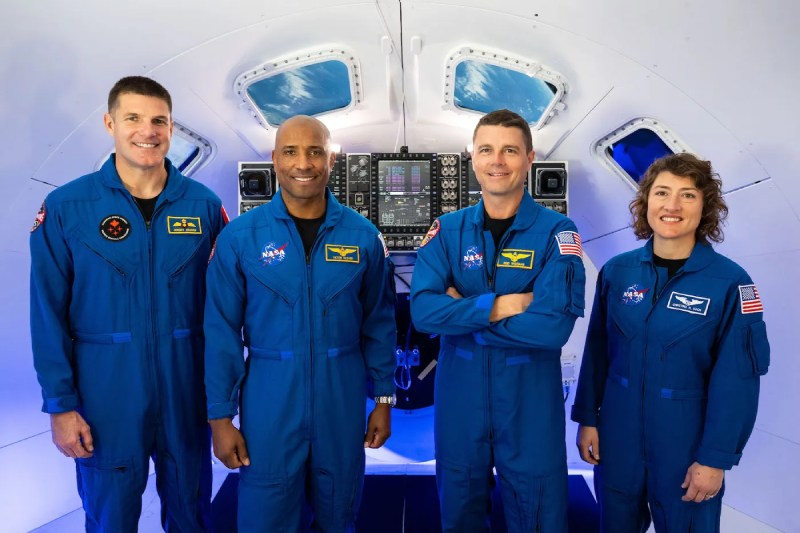Christina Koch and the Astronauts Getting Ready for the First Lunar Landing in Fifty Years

Christina Koch, a former student at NC State, will be one of the NASA astronauts returning to the moon for the first time in fifty years in 19 months.
In February, the crew prepared for their return to Earth off the coast of San Diego for a week.
Reid Wiseman, commander of Artemis II, commended the service members who participated in their training.
“Everyone is there for a mission, purpose and [to] assist, and they’re ready to throw their lives on any problem to get the mission accomplished,” he said.
Koch and Wiseman are two of the four members of the crew that is going to the moon. The ultimate goal of the Artemis project is human existence on Mars, even though it is also about sustainable living and living on the moon.
It’s about going deeper and building on what we already know. That entails visiting Mars and providing some answers to those queries, according to Koch. “What does being a human mean to me? In the universe, are we alone? How did each of us get here?
The Orion Capsule is expected to splash down close to Catalina Island and San Clemente in 2025, following a 10-day, 685,000-mile orbit of the moon.
Within two hours of returning, the astronauts are to be transferred from the capsule to a helicopter and then undergo a medical assessment.
According to Wiseman, the training enabled them to solve an issue that arose during a test run.
“For a while, we were under the rotor wash waiting for a successful hookup,” he explained. “We were watching all the potential things. Then you watch sailors fall back on training and do things with precision.”
The USS San Diego’s commanding officer, Navy Captain David Walton, stated that the training will aid in “refining techniques and procedures [the] Navy will use” to retrieve the capsule.
Victor Glover, formerly of Pomona, will fulfill a childhood ambition of being the pilot of the Orion space capsule when it launches in 2025.
Glover remarked, “Our goal is to discover the world, innovate for humanity, and explore [the] unknown in space.”
The capsule will be taken by the Kennedy Space Center in Florida once the astronauts return from their mission so that components and data from it can be used on future missions.